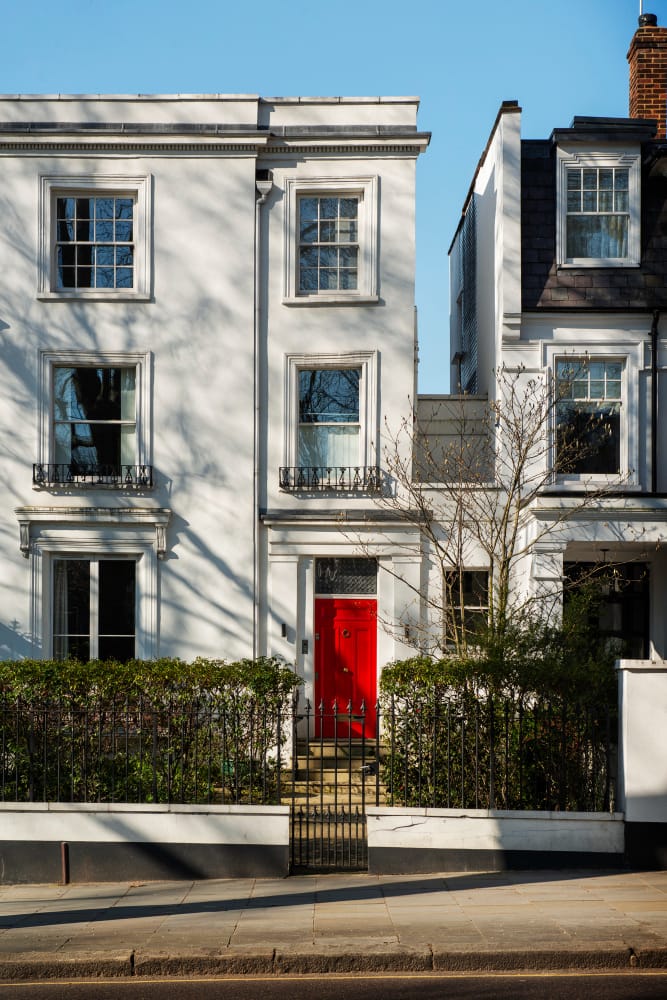If there’s one thing that forms the cornerstone of a thriving society, it’s housing. Adequate housing not only provides shelter but also fosters a sense of community and belonging. In the United Kingdom, the issue of social housing has been a critical concern for decades. With the aim of creating safe, comfortable, and sustainable living environments, the concept of “building standards for social housing” takes centre stage. Let’s embark on a journey to explore what these standards entail, how they impact communities, and how they are regulated under the Building Safety Act. We will guide you through the best steps to take when making a housing disrepair claim.
A Home to Call One’s Own: The Essence of Social Housing
Picture a bustling urban landscape, where tall apartment blocks rise to meet the sky, and rows of townhouses line the streets. These are not just structures of bricks and mortar; they are homes. Social housing is an umbrella term encompassing properties that are provided at affordable rates to individuals and families with limited financial means. These homes are more than just a roof over one’s head; they are the foundation upon which lives are built.
The Current Landscape: Social Housing Standards in the UK
As we step into the realm of social housing in the UK, we find a diverse array of buildings and communities. However, there hasn’t always been a standardised approach to ensuring the quality of these homes. This lack of uniformity has led to varying levels of safety, comfort, and accessibility. In response to this, building standards have emerged as a set of guidelines and regulations designed to ensure that every individual, regardless of their economic status, has access to dignified and secure housing.
The current standards for social housing in the UK encompass various facets of construction, safety, and design. These standards cover everything from the materials used in building to the layout of the living spaces. The aim is to create homes that are energy-efficient, structurally sound, and adapted to the needs of their inhabitants.
The Building Safety Act: A Beacon of Change
Enter the Building Safety Act, a pivotal piece of legislation introduced to address the gaps in building safety and create a more transparent system for overseeing the construction and maintenance of residential properties, including social housing. Enacted in response to tragedies like the Grenfell Tower fire, this act serves as a beacon of change, illuminating a path towards safer and more robust housing.
The Building Safety Act has far-reaching implications for social housing standards. It places a heightened emphasis on accountability and responsibility, shifting the focus from reactive measures to proactive prevention. With a holistic approach, this act aims to ensure that buildings are constructed, managed, and maintained with the utmost consideration for the safety and well-being of their occupants.
Rising to the Challenge: The Importance of Building Standards
Why are building standards so crucial for social housing in the UK? The answer lies in the lives they impact. Imagine a single mother finding solace in a well-insulated apartment, where her children can study without the distraction of the cold. Picture an elderly gentleman navigating his way through an accessible and well-lit hallway, free from the fear of tripping and falling. These scenarios underscore the significance of building standards in creating inclusive and supportive communities.
Building standards act as a safety net, ensuring that no corners are cut and no compromises are made when it comes to the structural integrity and functionality of a dwelling. They establish a baseline that guarantees a certain level of quality, regardless of the economic circumstances of the inhabitants. Moreover, these standards promote sustainability, reducing the environmental impact of housing while simultaneously decreasing utility bills for residents.
A Symphony of Progress: Collaborative Efforts
As the melody of progress continues to play, it’s important to note that building standards for social housing aren’t developed in isolation. Rather, they are the result of collaborative efforts between government bodies, housing associations, architects, builders, and community members. This harmonious synergy ensures that the needs and aspirations of those who call these homes their own are taken into account.
In this symphony of progress, research plays a vital role. Architects and engineers delve into the latest innovations in construction materials and techniques, seeking ways to make homes more energy-efficient and resilient. Urban planners work hand in hand with communities to create spaces that encourage interaction and well-being. Government agencies refine regulations based on feedback from experts and residents alike. This collective effort is what transforms social housing from mere buildings into vibrant, nurturing communities.

Making a Housing Disrepair Claim
Amidst the pursuit of building standards, it’s essential to address another critical aspect – housing disrepair. Residents of social housing have the right to live in homes that meet the stipulated standards. If a property falls into disrepair, it not only jeopardises the well-being of its inhabitants but also undermines the very purpose of social housing.
Individuals living in social housing have the option to make a housing disrepair claim. This legal avenue allows them to seek redress for issues such as faulty plumbing, inadequate heating, or structural problems. Through this process, tenants can hold landlords accountable for maintaining the agreed-upon standards and ensuring that their homes are safe and habitable.
Consulting our team at National Claims will only benefit you as our claims specialists will work tirelessly to get you the compensation for your housing disrepair that you deserve. They will also guide you through the claims process.
Conclusion
As the sun sets on today’s challenges, a brighter horizon emerges. Building standards for social housing in the UK are not stagnant; they are ever-evolving reflections of our society’s values and aspirations. With the Building Safety Act in place, the future of social housing promises to be one where safety, quality, and inclusivity reign supreme.
In conclusion, the journey through the world of building standards for social housing in the UK reveals a tapestry woven with compassion, innovation, and resilience. These standards are not merely regulations etched in stone; they are the threads that bind individuals and communities together. They remind us that regardless of our backgrounds, we all deserve a place to call home – a place built not just with bricks and mortar, but with care and consideration. As we continue to build upon these foundations, we pave the way for a society where everyone can thrive, one brick at a time. And in the quest for a better future, the ability to make a housing disrepair claim serves as a vital tool to ensure that social housing remains a sanctuary for all.
Contact us to start your claim and find out more about how we can get you compensation for your housing disrepair.
Click below to see why we are one of the most trusted claims management companies in the UK.

We’re proud of our excellent customer reviews
We thrive on delivering exceptional service and ensuring our clients’ satisfaction. Don’t just take our word for it. Check out some of our independent reviews to see what our clients have to say.
Excellent

This firm is excellent, they sorted out my car pay out and injury claim very fast, they always communicate with you all the time.

My accident case was dealt with confidence and with great result of the outcome, especially James kept me informed all the time.

I was very impressed at the way my inquiry was treated. I was listened to attentively and everything I needed to know was explained to me.






